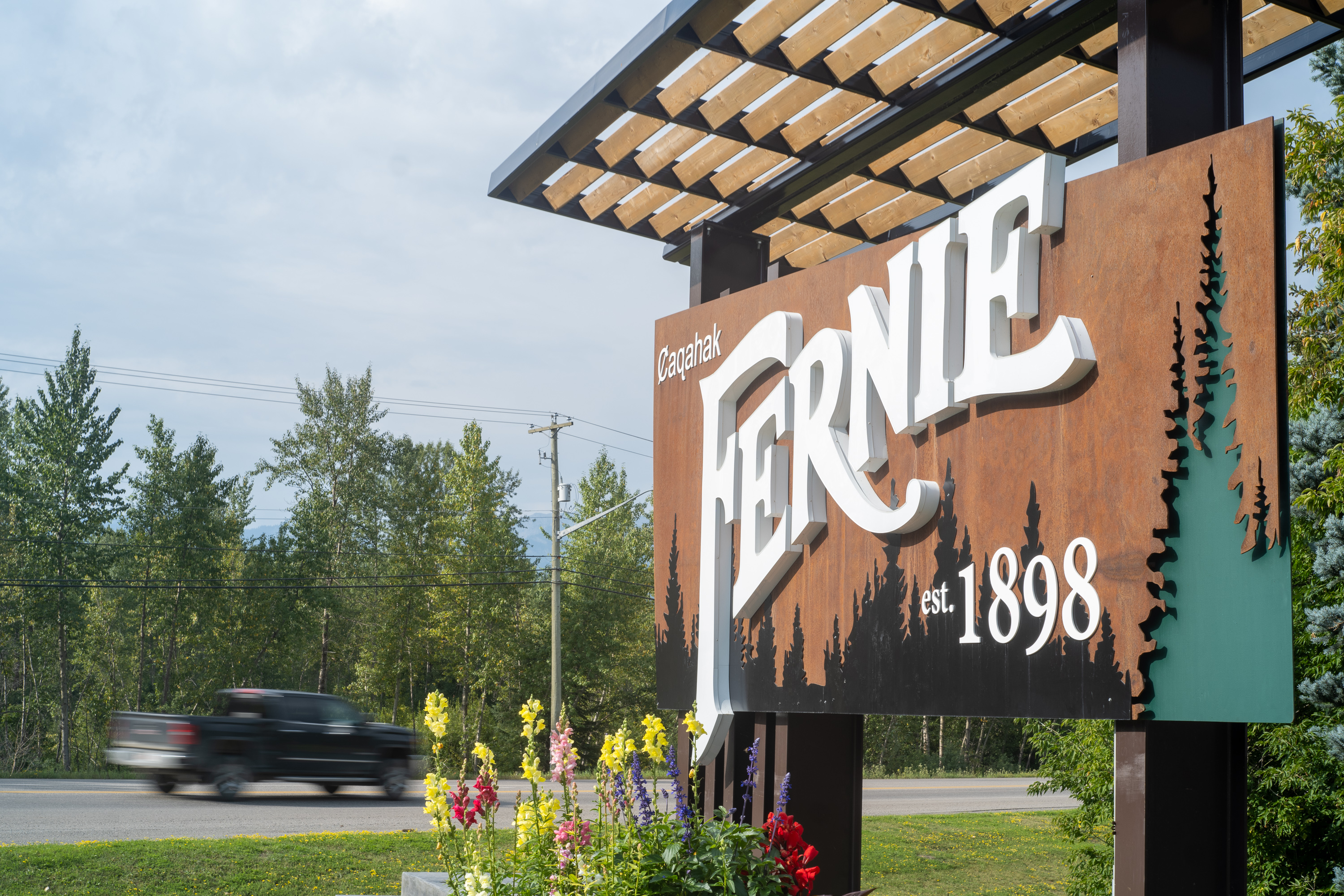Fruit Tree Removal - Reducing Wildlife Attractants
September 29, 2022
.png)
The City of Fernie is starting a program to remove poorly maintained fruit trees on public lands to help reduce animal attractants within our community.
Did you know, the Elk Valley and surrounding area has the most grizzly bear conflicts in BC.
Fernie is a particular hotspot for human-wildlife conflicts. Last year 12 black bears and two (2) grizzly bears were put down in the Fernie area due to conflicts with people. Removing fruit trees, particularly from our populated areas, is an important step we need to take in improving how we manage human-wildlife interactions.
On May 16, 2022 Council received a delegation from Clayton Lamb, PhD, a wildlife scientist who works on large mammals across western North America, with a focus on the Kootenays and supporting meaningful outcomes for wildlife, landscapes, and people.
Following a record year of bear mortality in 2021, Council discussed ways to attractants including fruit tree removal, replacement, and electric fencing. Watch that presentation and discussion here, starting at the 11:50 minute mark.

Download the presentation - FernieCoTW_Lamb.pdf [PDF - 2 MB]
On Fruit Trees on public lands Clayton Lamb shared, "The City of Fernie has made good progress towards reducing bears’ access to garbage through bear resistant bins, but we still are seeing a lot of conflicts between people and bears over fruit trees. The solution to unpicked fruit trees is to
- pick them before bears get the fruit, usually before they are ripe
- electric fence the tree, or
- remove the tree.
To be leaders in coexistence I recommended that the City of Fernie remove the crab apple trees downtown as well as an apple tree in Annex park. These trees were generally not suitable for electric fencing and required constant maintenance to pick, often leaving some level of bear attractant during portions of the year."
Staff have now begun removing the fruit trees so that in the spring the stumps and roots can be removed, and new, appropriate trees can be planted in their place.
WildsafeBC provides the information below on Fruit Trees and animal attractants. Visit wildsafebc.com for more information.
Fruit Trees
Domestic fruit trees such as apple, plum and cherry are unnatural food sources for bears and other wildlife. Introduced as agricultural crops, they are a strong attractant and can lead to food-conditioning. Wildlife that learn where they can access these foods are likely to return as harvest time approaches. They may even damage the trees and surrounding property in the process. We often plant fruit trees close to our homes for us to enjoy but this can also draw bears into our community and puts others at risk of a dangerous wildlife encounter. Once the harvest wanes, a food-conditioned and human-habituated bear may turn to other sources of food nearby such as garbage.
Subsidy Programs
If you live in the Elk Valley, you can apply for a subsidy program to remove fruit trees that you are no longer able to manage. Email fernie@wildsafebc.com for more information.
Note that many communities now have bylaws that require fruit trees be managed responsibly to prevent wildlife conflicts or to prevent the spread of pests and disease. Become informed about local regulations and learn more about how to maintain your tree through your local nursery.

.png)


